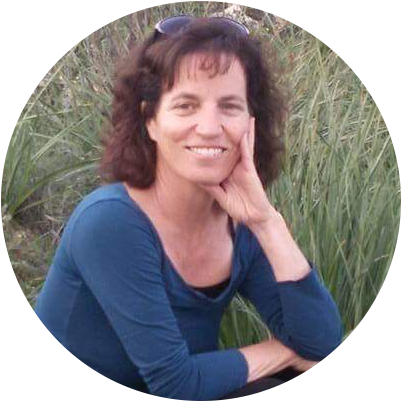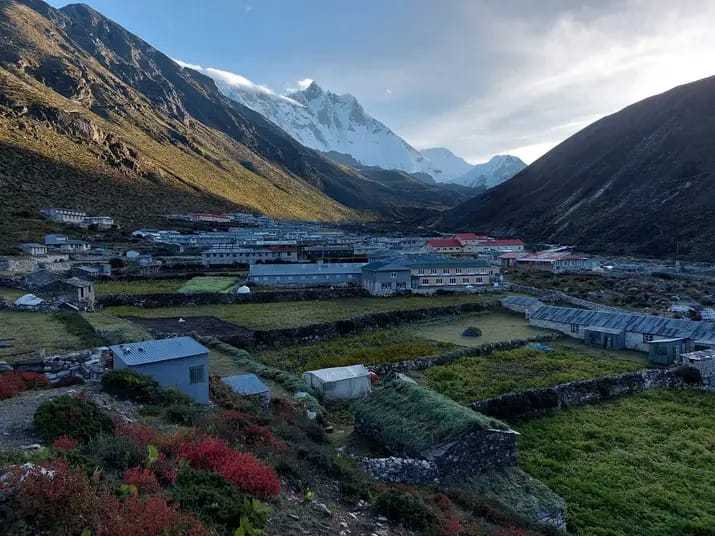Best Seasons for the Trek
The best seasons for the Everest Panorama Trek are autumn and spring. The best months are during the autumn when the weather is relatively cooler, and stable, with clear skies, but crowded, along with crowded flights. Spring has warmer temperatures, new blooms of wildflowers, and fewer people, with occasional snow at higher elevations.
Arrival and Visa Information
Our representative will help you with your visa upon arrival at Tribhuvan International Airport. It is better to bring all the cash since digital payment options are still quite limited. From there, our team will welcome you and assist you to your hotel.
A Typical Day on the Trek
Each day begins early with breakfast and scenic mountain views. Following breakfast, we’ll hike for 5 to 7 hours, including rest days to explore local villages and acclimatize. Evenings are spent in a communal dinner hall sharing stories with locals and fellow trekkers.
Trek Difficulty
This Trek is a moderately challenging trek, which can be done by first-time trekkers. However, reaching altitudes of 3,860 meters at Tengboche, altitude sickness might be a risk; one should stay well-hydrated and rest when needed.
Accommodation and Meals
Our staff will make sure you have comfortable accommodation and healthy meals throughout the trek. Basic rooms but cozy with bedding and clean facilities, the meals here are traditional Nepali and Tibetan dishes like dal bhat with seasonal vegetables to help with acclimatization.
Altitude Information
The highest point of the trek is Tengboche at 3,860 meters. Since the elevation is high, the air gets quite thin; acclimatization days have been added for better adjustment to reduce the risk of altitude sickness.







